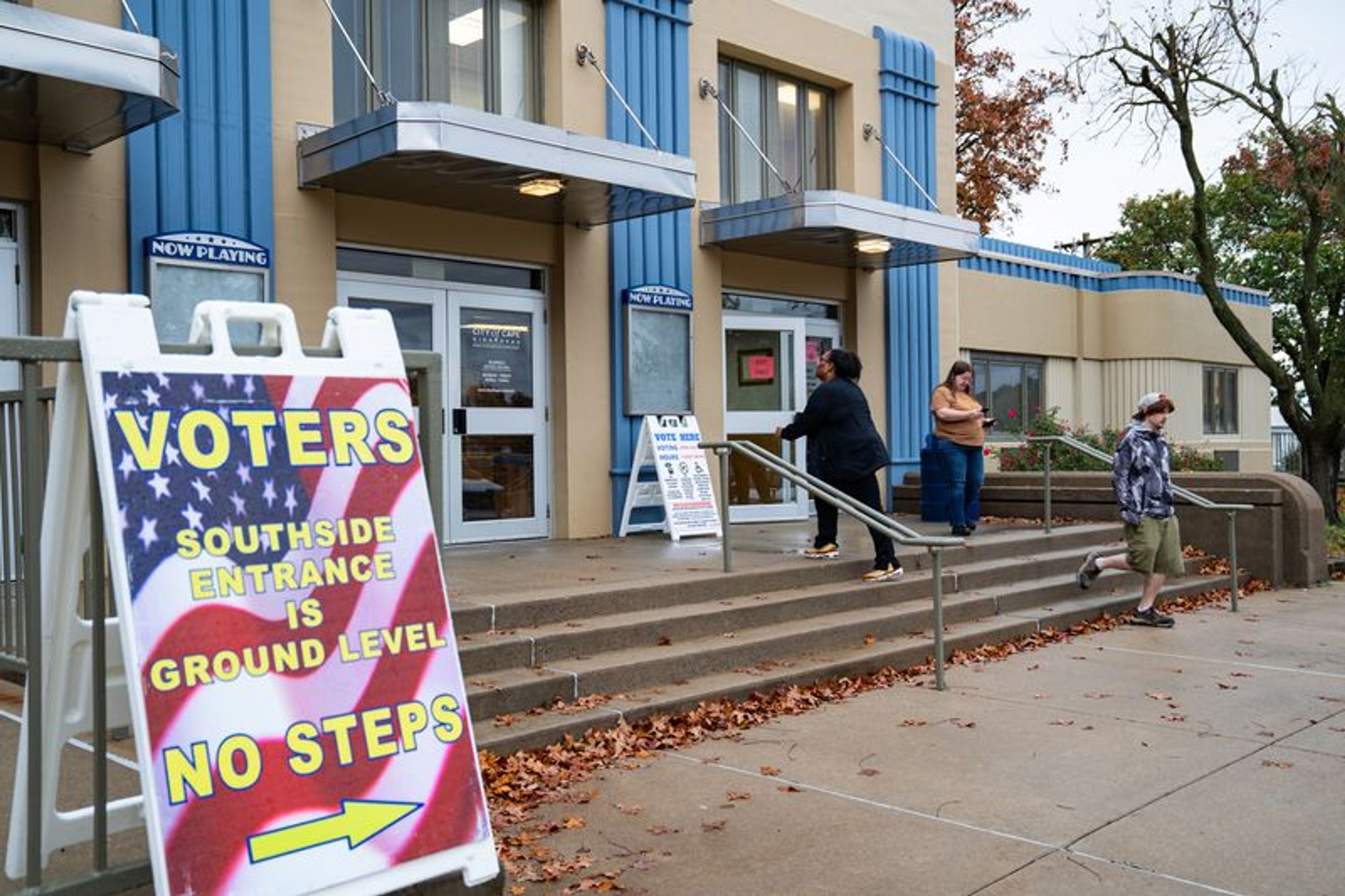MEDICAL CARE AT SCHOOL: PUZZLING DECISION
When it comes to writing legal opinions, newspaper editorial writers are no match for justices of the U.S. Supreme Court. But when it comes to the common sense possessed by most ordinary Americans, even newspaper editorial writers are capable of confusion over some far-reaching High Court decisions...
When it comes to writing legal opinions, newspaper editorial writers are no match for justices of the U.S. Supreme Court. But when it comes to the common sense possessed by most ordinary Americans, even newspaper editorial writers are capable of confusion over some far-reaching High Court decisions.
Take the case of the Iowa student whose case was recently decided by a 7-2 Supreme Court decision. The justices said the school district in Cedar Rapids was responsible for the cost of educating a quadriplegic high school sophomore whose full-time medical care includes monitoring a ventilator, urinary catheterization and tracheotomy suctioning.
Clearly, the federal Individuals With Disabilities Education Act intends for handicapped students to have the same learning experiences in public schools as non-handicapped students. That premise, however debatable, is currently the law of the land. And few would argue with any Supreme Court decision, considering the current law, that said a school must make accommodations for students such as the Cedar Rapids sophomore.
What doesn't pass the common-sense test of ordinary citizens, however, is why the Supreme Court also believes school districts must pay for health-care costs for handicapped students, particularly when the life-sustaining health care would be required whether or not a public-school education was involved.
The Cedar Rapids sophomore requires extraordinary -- and expensive -- around-the-clock medical care to stay alive. But because he is enrolled in a public high school, the Supreme Court has decided the school district must pay a large portion of those medical costs.
The Individuals With Disabilities Education Act includes a provision that exempts school districts from providing medical services. School districts operate under stringent regulations concerning health services. Many a parent has been frustrated by calls from the school nurse saying a son or daughter has a headache, but the school can't supply an aspirin -- unless there is written parental and physician consent on file.
But the Supreme Court said the exemption doesn't apply in the case of this handicapped student. As a result, the Cedar Rapids district expects it will cost $40,000 each school year to provide constant medical monitoring for one handicapped student, plus whatever costs the district incurs in making classrooms accessible.
Again, ordinary folks are left scratching their heads over the High Court's interpretation of a federal statute that says, simply, school districts aren't required to provide medical services in complying with the Individuals With Disabilities Education Act. It would appear the Supreme Court hasn't just interpreted a law. It has rewritten a law.
For years, Missouri has relied on specialized state schools to teach -- successfully -- many handicapped students. In some instances, putting handicapped students in regular school classrooms has proved beneficial for all concerned. But surely a line must be drawn when enormous medical costs are at issue, particularly when those medical costs must be incurred regardless of a person's educational status.
That's what an ordinary person would think.
Connect with the Southeast Missourian Newsroom:
For corrections to this story or other insights for the editor, click here. To submit a letter to the editor, click here. To learn about the Southeast Missourian’s AI Policy, click here.








